- Size
- Smallest
- Small
- Small to Medium
- Medium
- Large
- Giant
- Characteristics
- Smartest
- Hypoallergenic
- Fluffy
- Best Guard
- Best Family
- Best for Kids
- Low Shedding
- Healthiest
- Police Dogs
- Most Calm
- Quietest
- Color
- White
- Black
- Grey
- Brown
- Blue
- Red
- Coat
- Hairless
- Short
- Long
- Origin
- Japan
- China
- Australia
- Germany
- Italy
- United States
- France
- Group
- Hound
- Terrier
- Herding
- Toy
- Working
- Sporting
How To Train Your Dog To Eye Contact
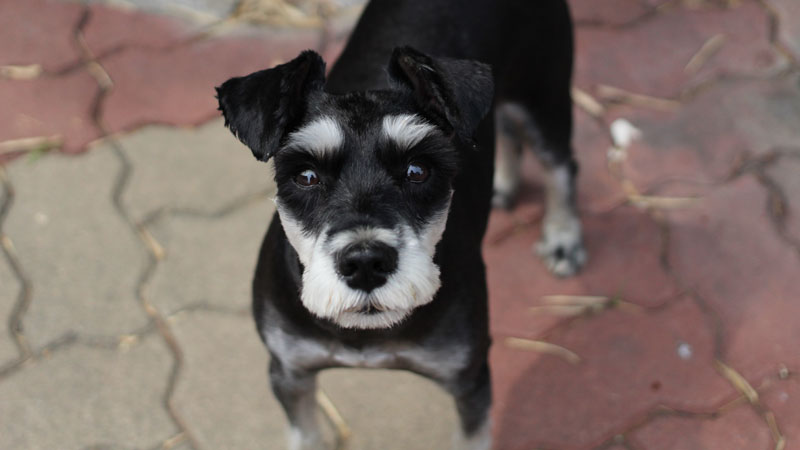
Photo by jisu lee on Unsplash
Capturing a dog's attention, especially during training or amidst distractions, forms the bedrock for instilling any behavior. The initial step in teaching your furry friend is ensuring they are not only listening but also actively engaged by looking at you. But how do you prompt your dog to direct their focus your way, particularly amid nearby distractions? The key lies in teaching your pup a cue that prompts them to make eye contact. Verbal cues like "Watch me," "look," or "look at me" can effectively draw a dog's attention, setting the stage for successful training sessions.
In this article, we will guide you through the step-by-step process of training your dog to eye contact, strengthening the human-canine bond along the way.
Step-by-Step Guide to Train Eye Contact
Step 1: Start in a Distraction-Free Environment
Begin training in a quiet, familiar space, free from distractions. Hold a treat between your eyes and wait for your dog to glance at it, establishing a natural eye contact point.
Step 2: Reward and Reinforce
The moment your dog looks at the treat between your eyes, mark the behavior with a clicker or a verbal marker like "Yes!" and promptly reward them with the treat. Repeat this process, gradually extending the duration of eye contact before rewarding.
Step 3: Add a Verbal Cue
As your dog becomes more proficient at making eye contact, introduce a verbal cue like "Look," "Watch me," or "Eyes." Say the cue just before holding the treat between your eyes, associating the command with the action.
Step 4: Practice Regularly and Gradually Increase Difficulty
Gradually introduce distractions as your dog becomes more adept at maintaining eye contact. Start with mild distractions and build up to more challenging scenarios, rewarding your dog for successfully maintaining focus amid distractions.
Step 5: Use Positive Reinforcement
Consistently reward your dog for making eye contact. Incorporate praise, affection, or their favorite toy in addition to treats to reinforce the behavior positively.
Step 6: Be Patient and Keep Sessions Short
Maintain patience during training sessions, and keep them short and engaging. Frequent, brief sessions are more effective than lengthy, monotonous ones.
Addressing Challenges in Eye Contact Training
Reluctance to Make Eye Contact
Some dogs may initially show reluctance to make eye contact due to shyness or lack of confidence. Encourage gradual progress, and avoid forcing eye contact, as this can create stress for your dog.
Handling Overstimulation
Overly excitable or anxious dogs may find it challenging to maintain eye contact. Start in calm environments, gradually increasing difficulty, and provide reassurance and encouragement.
Physical Discomfort
If your dog avoids eye contact due to discomfort, such as eye issues or pain, consult a veterinarian to rule out any medical concerns.
Conclusion
Notably, not all dogs are naturally comfortable with prolonged eye contact. Some might find it intimidating, while others view it as a sign of affection. Encouraging eye contact through training helps alleviate any stress associated with gazing and can further strengthen the emotional bond between you and your pet.
You May Also Like
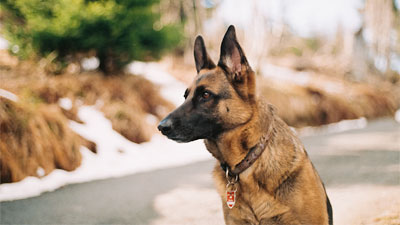 Help & AdviceWhy Won't My Dog Learn To "Stand" Command?
Help & AdviceWhy Won't My Dog Learn To "Stand" Command?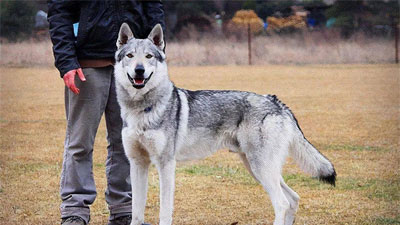 Dog Training TipsThe 'Stand' Command: A Crucial Yet Overlooked Training Cue
Dog Training TipsThe 'Stand' Command: A Crucial Yet Overlooked Training Cue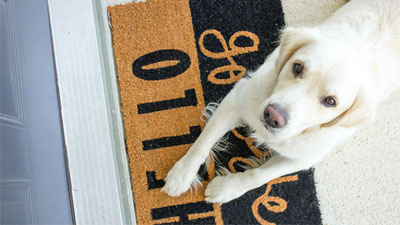 Dog Training TipsThe 'Wait' Command: Teaching Your Dog Patience and Discipline
Dog Training TipsThe 'Wait' Command: Teaching Your Dog Patience and Discipline Dog Training TipsThe Place Command: Teach Your Dog to Go to Their Place
Dog Training TipsThe Place Command: Teach Your Dog to Go to Their Place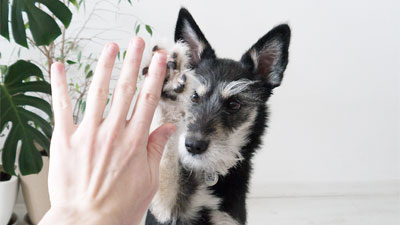 Dog Training TipsDog Tricks: Teach Your Dog to High Five
Dog Training TipsDog Tricks: Teach Your Dog to High Five Dog Training TipsTeaching Your Dog the Classic Trick: Shake Hands
Dog Training TipsTeaching Your Dog the Classic Trick: Shake Hands